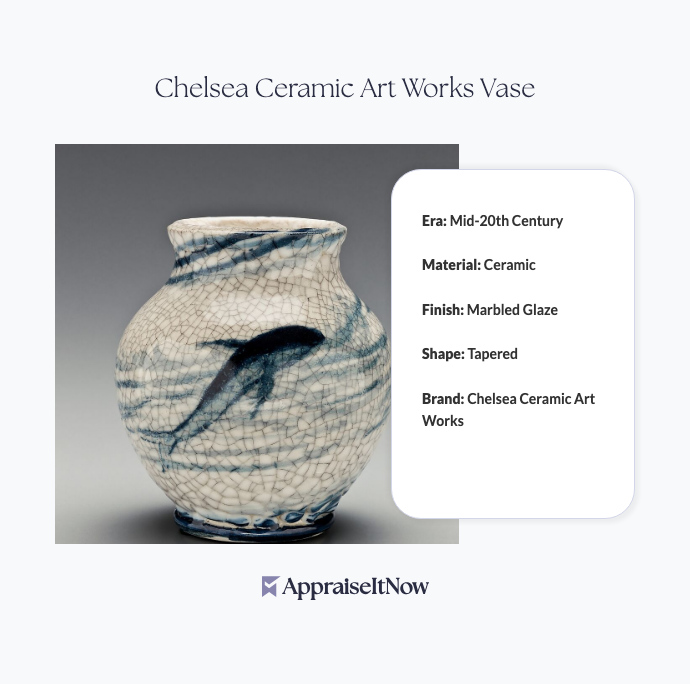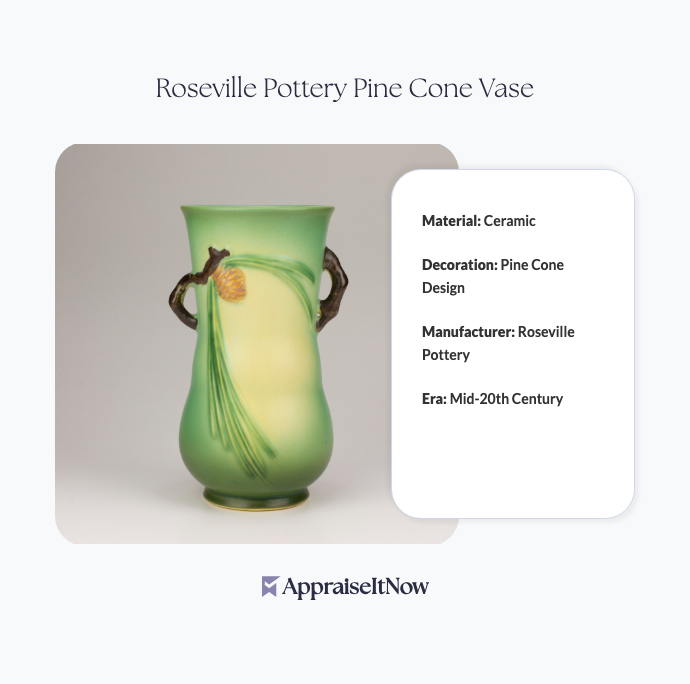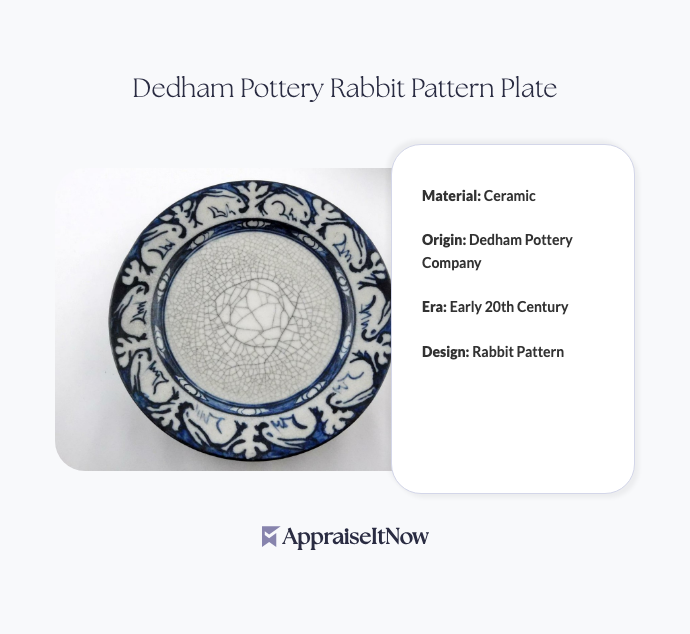<h1>How to Get Your Sancai Tang Dynasty Camel Appraised</h1>
<p>If you've inherited or acquired a Sancai Tang Dynasty camel figurine, understanding its true market value and obtaining proper documentation is essential for insurance, sale, or collection management. These extraordinary ceramic pieces from ancient China command significant prices—typically ranging from <strong>$20,000 to $30,000</strong>—making professional appraisal a critical step in understanding what you actually own.</p>
<h2>Understanding the Historical and Cultural Significance</h2>
<p>Your Sancai Tang Dynasty camel represents far more than a decorative object; it's a tangible connection to one of history's most sophisticated civilizations. Created between the 7th and 10th centuries, these figurines accompanied noble and high-ranking officials to their graves as part of elaborate funerary art. The camel symbolized wealth, status, and the importance of trade routes that connected China to distant lands, making each piece a miniature testament to ancient commerce and cultural exchange.</p>
<p>The <strong>Sancai glaze technique</strong>, distinctive to Tang Dynasty ceramics, involved applying vibrant colored glazes in green, yellow, and brown that created an almost iridescent appearance. This tri-color method was technically complex and expensive, requiring sophisticated kiln management—factors that made these pieces valuable even when they were originally created.</p>
<div class="callout tip"><p><strong>Historical Context</strong></p>
<p>The presence of camels in Tang Dynasty art wasn't accidental; camels represented the Silk Road itself. These figurines were among the most prized possessions buried with the elite, reflecting their owner's wealth and cosmopolitan connections.</p></div>
<h2>What Makes Your Sancai Camel Valuable</h2>
<p>When evaluating what Chinese sancai is and why it commands impressive auction prices, several interconnected factors drive valuations. First, rarity itself creates substantial value—these pieces weren't mass-produced, and many were destroyed or lost to time. Those that survived in good condition become increasingly scarce.</p>
<p>The <strong>craftsmanship and artistic detail</strong> involved in creating these camels was remarkable. Artisans captured the essence of desert creatures with intricate features, realistic proportions, and dynamic poses that conveyed both power and elegance. Unlike some ancient ceramics that prioritize utilitarian function, Sancai camels represent pure artistic achievement. When collectors ask how to know if their Chinese pottery is valuable, condition and authenticity become paramount indicators—and Sancai camels consistently demonstrate both.</p>
<p>Material composition matters significantly for appraisals. Sancai wares were made from high-quality ceramic clay with a porous body designed to receive the distinctive glazes. The three-color glazing technique created distinct visual signatures that expert appraisers use for authentication. Understanding what kind of porcelain the Chinese camel is made from involves recognizing that most Tang Dynasty ceramics, including camels, are technically earthenware or stoneware rather than true porcelain—a distinction that affects both value and conservation approaches.</p>
<h2>Market Demand and Recent Valuations</h2>
<p>Current market estimates place quality Sancai Tang Dynasty camels in the <strong>$20,000 to $30,000 range</strong>, with exceptional examples potentially exceeding these figures. This valuation reflects strong collector demand from museums, private collectors, and cultural institutions worldwide. The market for Asian antiques remains robust, and our comprehensive guide on <a href="/blog/appraising-asian-art-and-antiques-understanding-cultural-significance-and-value">appraising Asian art and antiques</a> explores how cultural significance and international demand intersect.</p>
<p>When you're curious about broader Tang Dynasty art value, these camels represent a mid-to-upper tier of the market. While monumental sculptures or imperial ceramics command seven-figure sums, Sancai figurines offer accessible entry points into serious Chinese art collecting. The question of what painting sold for $70 million or who bought the $450 million dollar painting speaks to extreme outliers; your Sancai camel occupies a more grounded but still impressive market segment where documented provenance and condition create measurable value differences.</p>
<div class="callout note"><p><strong>Market Insight</strong></p>
<p>The international art market for Chinese ceramics has grown substantially over the past two decades, with Asian collectors increasingly competing for Tang Dynasty pieces. This expanded demand has lifted values across the category.</p></div>
<h2>Key Factors in Professional Appraisal</h2>
<p>When seeking a professional appraisal for your Sancai camel, certified experts examine multiple dimensions. <strong>Condition assessment</strong> involves inspecting for cracks, repairs, losses, or restoration work that would affect value. Original surface patina, even with natural aging, often commands premiums over extensively cleaned or restored pieces.</p>
<p><strong>Authenticity verification</strong> requires specialized knowledge of period glazing techniques, clay composition, and artistic conventions. Skilled appraisers understand regional variations in Sancai production and can identify whether your piece originated from imperial kilns or commercial producers—a distinction that significantly impacts valuation. For detailed insights on evaluating cultural significance beyond monetary value, explore our article on <a href="/blog/evaluating-cultural-significance-of-art-appraisals-beyond-monetary-value">art appraisals and cultural heritage</a>.</p>
<p>The appraisal process also involves researching your camel's <strong>provenance</strong>—its documented ownership history and chain of custody. Pieces with clear acquisition records, exhibition histories, or previous auction documentation support higher valuations. Understanding the role of provenance in art appraisals becomes particularly important for museum-quality pieces or those with significant institutional associations.</p>
<h2>Preservation and Long-Term Value Protection</h2>
<p>Your Sancai Tang Dynasty camel requires thoughtful preservation to maintain both condition and value. These ceramics are fragile by nature, susceptible to moisture, temperature fluctuations, and handling damage. Maintaining stable environmental conditions—ideally between 50-70°F with 45-50% humidity—prevents glaze crazing and structural stress.</p>
<p>Display and storage considerations parallel those for <a href="/blog/appraising-fine-porcelain-and-ceramics-valuing-delicate-artistry">fine porcelain and ceramics</a>. Avoid direct sunlight, which can fade glazes over centuries. Support pieces securely using museum-quality materials that don't contact glazed surfaces. Professional conservation, when necessary, should involve specialists experienced with Tang Dynasty ceramics who understand how restoration decisions impact both aesthetic and monetary value.</p>
<div class="callout tip"><p><strong>Preservation Priority</strong></p>
<p>Original surfaces and patina, even with visible aging, almost always maintain better value than pieces extensively cleaned or repaired. When considering any conservation work, consult with appraisers first to understand the financial implications.</p></div>
<h2>The Lucky Animal Connection</h2>
<p>Interestingly, when exploring what animals symbolize luck in Chinese culture, camels hold a unique position. While dragons, cranes, and other creatures dominate traditional lucky animal associations, camels represented prosperity through trade and commercial success—a form of luck tied to wealth accumulation rather than spiritual blessing. This economic symbolism made them especially valued for burial with successful merchants and officials, adding layers of meaning to each figurine.</p>
<h2>Why Professional Appraisal Matters</h2>
<p>Attempting to value a Sancai Tang Dynasty camel through online research or auction house estimates alone carries significant risks. Market values fluctuate based on regional demand, buyer pool composition, and broader economic trends affecting luxury collecting. A certified appraiser provides several concrete benefits: accurate valuation for insurance purposes, documented authentication for potential sale, and expert assessment of condition issues that might affect value.</p>
<p>When you work with specialists in <a href="/blog/what-do-appraisers-look-for-when-appraising-antique-artwork">fine art and antiques appraisals</a>, you gain access to comparative sales data, market analysis, and authentication expertise. Professional appraisers affiliated with organizations like the American Society of Appraisers (ASA) or International Society of Appraisers (ISA) follow USPAP standards, ensuring your appraisal meets legal and financial institution requirements.</p>
<p>Whether you're navigating insurance coverage, estate planning, or considering sale, the documentation provided by certified appraisers creates a defensible record of your piece's characteristics, condition, and market value. This becomes invaluable if questions later arise about authenticity, condition, or fair market valuation.</p>
<div class="callout note"><p><strong>Key Takeaway</strong></p>
<p>A certified appraisal of your Sancai Tang Dynasty camel provides authoritative documentation that protects your investment and establishes accurate market value. Whether for insurance, sale, or collection documentation, professional expertise ensures your valuable ceramic figurine receives proper assessment and recognition of its historical significance and financial worth.</p></div>







.avif)







